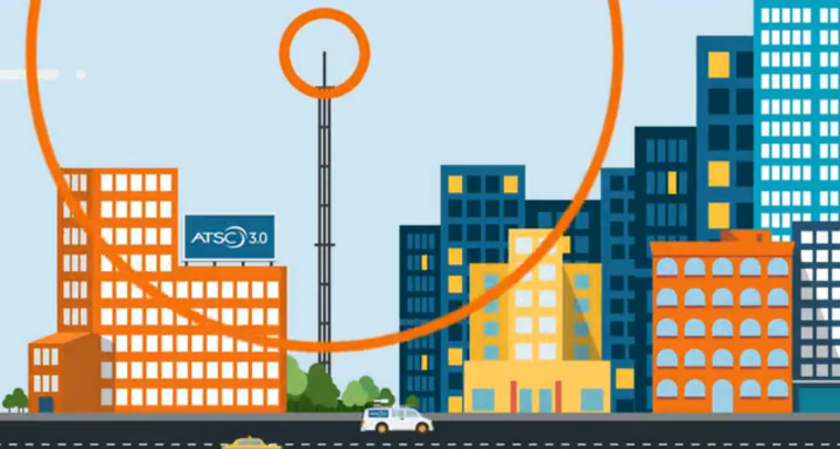 Credit: publicmedia.co
Credit: publicmedia.co
The world of online broadcasting is ever changing, with shifts and developments in constant motion. In this post, we'll tackle the implications of ATSC 3.0 to the broadcasting industry and how it redefines video consumption.
Gap between TV and web narrowing
One of the latest developments in the world of visual entertainment is the narrowing gap between TV and the web. In fact, according to recent studies from Zenith Media, the gap between TV and internet consumption will close to a mere seven minutes in 2019.
What's more, traditional broadcast TV is still the world's biggest single medium regarding consumption time, with an average of 170 minutes of viewing per day this year, compared to 140 minutes for the web.
But, despite traditional TV viewership being in the lead, the annual Media Consumption Forecasts suggest that traditional media consumption is on the decline as mobile internet use continues to rise - internet viewership is getting stronger, and soon the gap will close completely.
In such a time, it seems a need for flexibility is essential. That's where ATSC 3.0 comes in…
How is ASTC 3.0 affecting broadcasters' core business?
To deliver a viewing experience that suits the needs of today's consumer, a new kind of MVPD network has emerged that's delivered direct-to-consumer, both physically and commercially. This development doesn't rely on the internet or a mish-mash of inconsistent third-party last-mile providers; simply put, it's a network that can simultaneously serve both live and high resolution streaming content via OTA broadcast in conjunction with broadband content. ATSC 3.0 doesn't depend on standard CDN technology and instead, has the power to multicast throughout the distribution chain as required. The result? A solid direct-to-consumer relationship coupled with superior quality of experience.
On large, broadcasters have huge audiences and premium programming, both live and on-demand. With ATSC 3.0, broadcasters can operate direct-to-consumer through the airwaves while reaching those on mobile devices. In this day and age, a broadcaster takes on the role of content and network provider.
With ATSC 3.0, it's will be possible to…
- Combine broadcast programming and broadband content seamlessly;
- Facilitate advanced direct-to-consumer delivery;
- Consistently scale top-quality broadcast via multicast;
- Enable the personalization of web content and targeted advertising.
"Like an app" experience
This next-generation TV viewing experience will be able to reach mobile audiences in more gripping ways than ever before, blurring the lines between traditional broadcasting and online viewership. In essence, enjoying entertainment will be like an app experience.
Due to these innovations in broadcasting technology, users will be expected to have the ability to benefit from advanced cross-channel campaigns, coupon incentives, superior levels of interactivity and a viewing experience completely tailored to their needs.
It’s difficult to say exactly where ATSC 3.0 is headed but one thing’s for sure, it has big things in store - and for both viewers and broadcasters alike, big bold changes are coming. Hold on tight.
Learn how you can broadcast online and sell videos direct-to-consumer:



